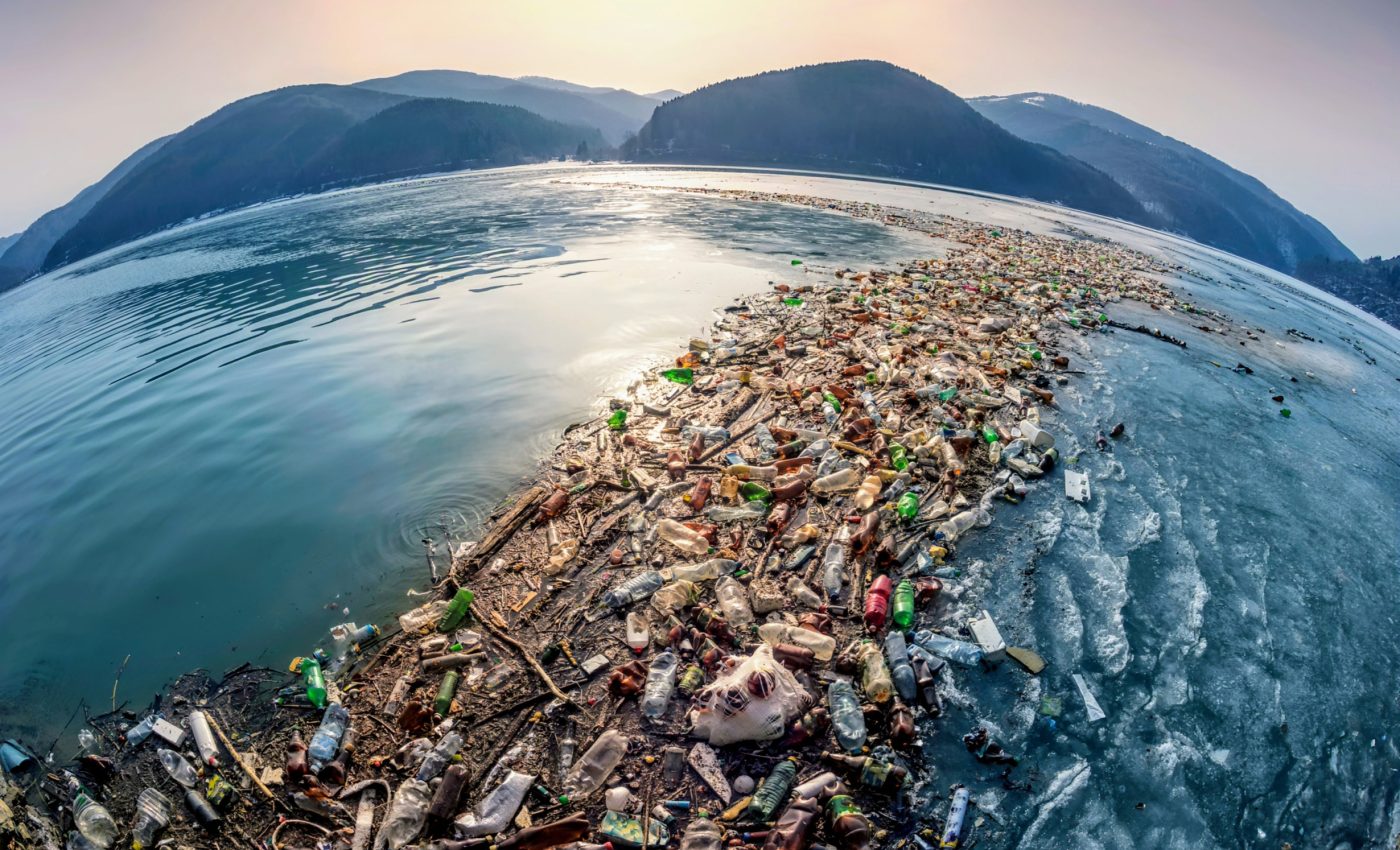
How can we combat the escalating plastic crisis?
Imagine Manhattan, chest-deep in plastic waste that reaches ten times the height of the Empire State Building. Seems like a harrowing depiction from a dystopian film, doesn’t it? Well, without significant intervention, our world may bear witness to a similar scenario by 2050.
However, there’s a glimmer of hope: a recent study details a four-fold policy that could help us avoid this catastrophe.
This study is the result of tireless efforts by researchers from two distinguished institutions: the University of California, Berkeley and the University of California, Santa Barbara.
The researchers explored potential approaches to combating the mounting plastic waste crisis, with a focus on limiting plastic-related greenhouse gases.
Tackling the plastic pollution crisis
The study, titled “Pathways to reduce global plastic waste mismanagement and greenhouse gas emissions by 2050,” suggests that four policies can cut down mismanaged plastic waste by 91% and plastic-related greenhouse gases by a third.
This policy package includes mandates for new products to be made with 40% post-consumer recycled plastic, caps on new plastic production at the 2020 level, substantial investments in plastic waste management, and the implementation of a small fee on plastic packaging.
The findings suggest that, by implementing these proposed policies, the emissions cut would be equivalent to taking 300 million gasoline-powered vehicles off the road for a year.
Global agreement to end plastic pollution
The research comes on the eve of a global agreement to end plastic pollution that will be negotiated in Busan, Republic of Korea.
“This is it. These upcoming negotiations in Busan are our one chance to come together as a planet and fix this problem,” said study co-author Dr. Douglas McCauley.
“One of the most exciting discoveries in this research is that it is actually possible to nearly end plastic pollution with this Treaty. I’m cautiously optimistic, but we can’t squander this once-in-a-lifetime opportunity,” he added.
Potential solutions to end the plastic crisis
Without intervention, annual plastic consumption could rise by 37% between 2020 and 2050, while plastic pollution could nearly double.
This alarming forecast highlights the urgent need for collective, global action.
According to study co-author Dr. Roland Geyer, the research highlights the extent of the plastic problem, and identifies potential solutions.
“This study demonstrates how far we have come not just in quantifying the manifold problems surrounding plastics, but also in identifying and evaluating potential solutions. I am very proud of what our team was able to achieve in time for the final round of negotiations for the Global Plastics Treaty,” said Dr. Geyer.
Ambitious negotiations are needed
Study lead author Sam Pottinger invites negotiators to be ambitious, emphasizing the importance of data-informed decision making for the treaty.
Pottinger insists that negotiators should understand the progress they have made according to the best available science.
A major concern in the fight against plastic pollution is the disproportionate burden it places on countries in the Global South, making it a significant global environmental justice issue.
The treaty could potentially establish financing mechanisms that drive necessary investment into waste management and recycling infrastructure in these regions.
Forecasting future plastic production
The team’s research was enhanced by an AI-generated tool developed at the Benioff Ocean Science Laboratory and Bren School of Environmental Science & Management at UC Santa Barbara, and the Eric and Wendy Schmidt Center for Data Science & Environment at UC Berkeley.
The tool uses machine learning to forecast the future of plastic production, pollution, and trade by combining information about population growth and economic trends.
Joining together to take action
Dr. Nivedita Biyani, a researcher at UC Santa Barbara, voices optimism for a sustainable future.
“This policy work shows that we can reach minimal mismanaged plastic waste if we can come together in action. This provides policymakers with a novel tool that isn’t prescriptive – they can combine various policies as they see fit,” said Dr. Biyani.
“Going forward, I think a mechanism to gather data on plastic production and trade will be a key factor. We need supply chain transparency here.”
The study is published in the journal Science.
—–
Like what you read? Subscribe to our newsletter for engaging articles, exclusive content, and the latest updates.
Check us out on EarthSnap, a free app brought to you by Eric Ralls and Earth.com.
—–













